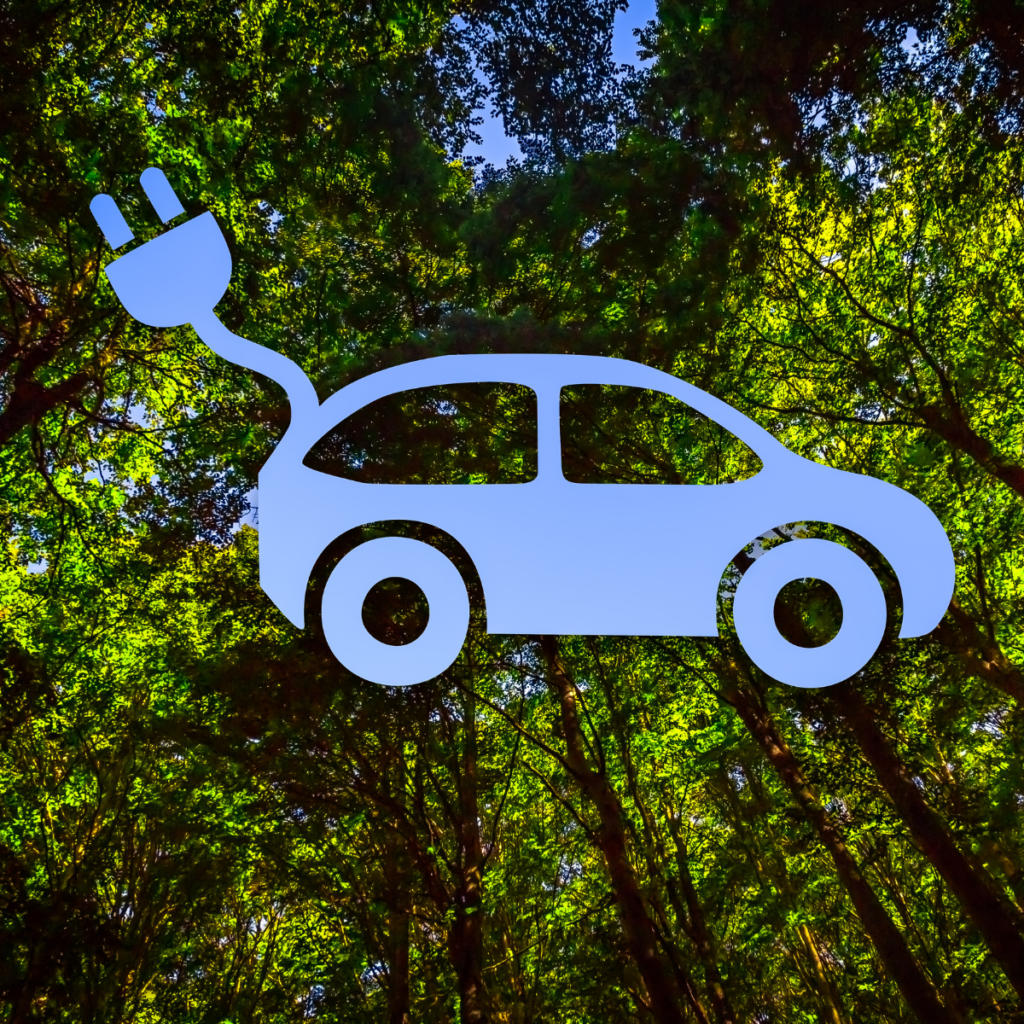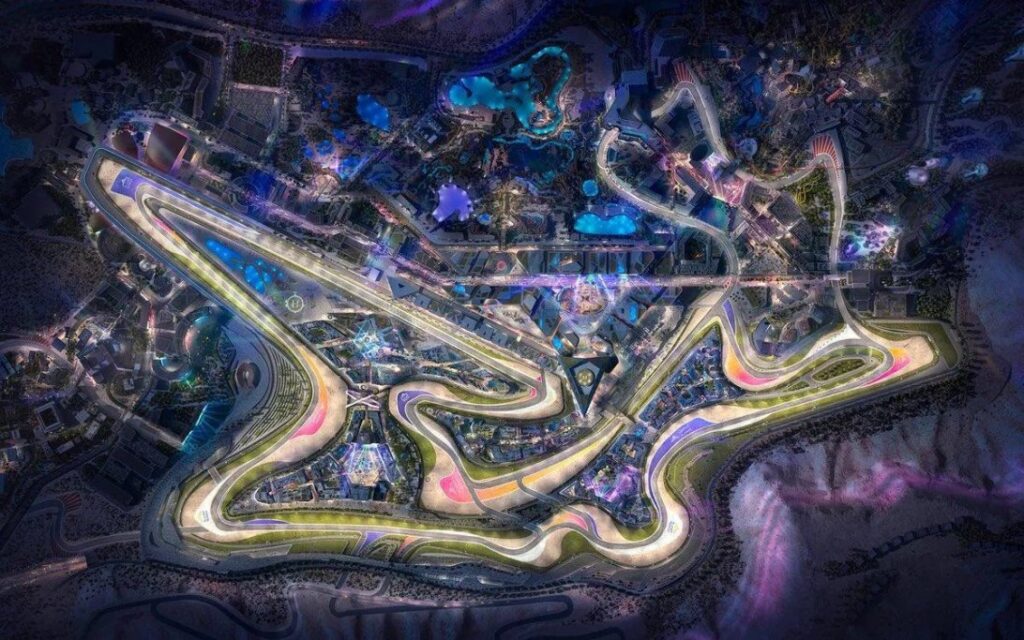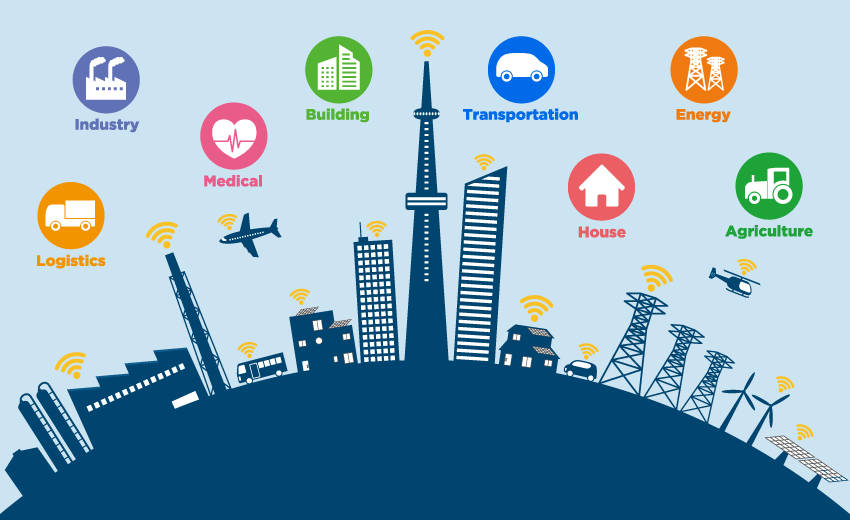Introduction
The Gulf region is experiencing a significant transformation in mobility, driven by technological advancements and a growing demand for sustainable transportation. Mobility trends are shaping the way people and goods move, creating new opportunities for innovation and economic growth. As governments and private companies invest in infrastructure and smart solutions, the Gulf region is poised to become a global leader in modern mobility. This article explores the key mobility trends in the Gulf, the challenges they present, and the opportunities they unlock for future development.
Key Mobility Trends in the Gulf Region
The Gulf region’s mobility sector is rapidly evolving, thanks to increased urbanization, technological advancements, and environmental concerns. Several key trends are influencing the region’s transportation landscape.
1. Adoption of Electric and Autonomous Vehicles
Electric vehicles (EVs) are gaining traction across the Gulf region, driven by government incentives and a shift towards cleaner energy. Countries like the UAE and Saudi Arabia have introduced ambitious plans to reduce carbon emissions, making EVs a central part of their sustainability strategies.
- The rise of autonomous vehicles (AVs) is also noteworthy. Governments are investing in smart infrastructure and testing AV-friendly road networks.
- Dubai, for example, aims to make 25% of its transportation autonomous by 2030.
2. Investment in Public Transportation Infrastructure
The Gulf region has historically relied on personal vehicles for transportation. However, major cities like Riyadh, Doha, and Dubai are expanding their public transportation networks to reduce traffic congestion and pollution.
- The Riyadh Metro is set to become one of the largest urban rail systems in the world.
- Qatar’s metro system is already helping to reduce road traffic and provide efficient connectivity.
3. Smart Mobility and Connected Vehicles
Smart mobility solutions, including real-time traffic management and connected vehicles, are improving transportation efficiency in the Gulf.
- Traffic flow optimization through AI and data analytics is reducing travel time and improving safety.
- Vehicle-to-infrastructure (V2I) and vehicle-to-vehicle (V2V) communication are being tested to enhance driver awareness and traffic management.
4. Rise of Micro-Mobility Solutions
Micro-mobility options such as electric scooters and bike-sharing programs are becoming popular in Gulf cities.
- Dubai and Abu Dhabi have introduced regulated e-scooter networks to provide last-mile connectivity.
- Micro-mobility solutions are addressing the “first and last mile” problem, making it easier for residents to access public transport.
Challenges Facing Mobility in the Gulf Region
While the Gulf region’s mobility sector is progressing rapidly, it faces several challenges that could slow down future growth.
1. Infrastructure and Urban Planning Limitations
The Gulf’s rapid urbanization has led to traffic congestion and inadequate pedestrian infrastructure in some areas.
- Expanding road networks and creating dedicated lanes for EVs and AVs will require significant investment.
2. Environmental and Regulatory Barriers
While the push for sustainability is strong, the Gulf’s reliance on fossil fuels remains a challenge.
- Developing a charging infrastructure for EVs and ensuring compliance with environmental regulations will be critical.
- Regulatory frameworks for AVs and ride-sharing services need to be standardized across the region.
3. Public Adoption and Behavior Change
Encouraging people to shift from personal vehicles to public transport and micro-mobility options will require behavioral changes.
- Public awareness campaigns and incentives can help drive this transition.
Opportunities for Future Growth
Despite the challenges, the Gulf region’s mobility sector presents significant opportunities for future growth and innovation.
1. Expansion of Smart City Projects
The integration of smart mobility into smart city initiatives offers a chance to create more efficient and sustainable urban environments.
- Saudi Arabia’s NEOM project includes a fully autonomous transportation network powered by renewable energy.
- Smart city integration can optimize traffic flow, reduce emissions, and enhance overall connectivity.
2. Partnerships with Technology Providers
Collaborations between governments, private companies, and tech firms can accelerate the development of smart mobility solutions.
- Strategic partnerships with AV manufacturers and AI companies can fast-track infrastructure improvements.
- Investment in R&D will position the Gulf as a hub for mobility innovation.
3. Development of Green Mobility Solutions
Promoting electric buses, hydrogen-powered vehicles, and bike-sharing programs will help reduce the region’s carbon footprint.
- Green mobility will align with national sustainability goals and reduce dependence on oil-based transportation.
Conclusion
The Gulf region’s mobility sector is undergoing a rapid transformation driven by technological innovation, infrastructure development, and a shift towards sustainability. While challenges such as infrastructure limitations and regulatory barriers remain, the opportunities for growth and modernization are substantial. By investing in smart mobility, electric vehicles, and connected infrastructure, the Gulf can position itself as a leader in global mobility trends.
Explore how MTi Arabia can help you leverage these trends to revolutionize your city. Contact us here.



